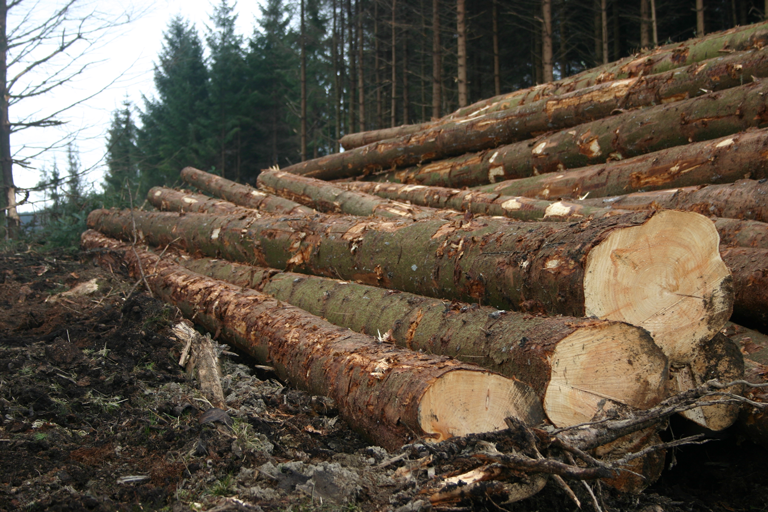Andrew Heald reports from the FSC General Assembly in Seville.
The Forest Stewardship Council is twenty years old, and like most adolescents it has had a troubled few years, perhaps lost its focus and not really delivered on its early potential. However, what distinguishes it from other adolescents is that over 600 people from all over the world attended its birthday party in Seville last month.
The FSC General Assembly occurs once every three years, and allows its global membership to meet and to debate, and to steer the organisation. It is this global membership and high level of democracy that is FSC’s great (and unique) strength, but it is also its particular weakness. A horse designed by committee would look like a camel – and it is this requirement to please everyone that often means that FSC outcomes are poorly worded and overly complex.
After 20 years there is a real need for everyone involved with FSC to stand back and refocus and not be caught up with the detail and minutia, which often dominates General Assemblies.
FSC has perhaps been more successful than we realize; the UK’s Forest Standard is now very similar to FSC requirements and applies to anyone who applies for a felling licence or a restocking grant; if you wish to import timber it must comply with EUTR, and the UK governments CPET requires that all timber is demonstrably legal AND sustainable. In 2013, over 90% of the timber used by the UK Contractors Group (representing the largest civil engineering companies in the UK) met those CPET requirements.
Is that enough? Should FSC, in the UK anyway, be satisfied with its work, and move away from trying to be the Gold Standard and simply support the wider use of sustainable timber and good forest management? Do the costs of FSC auditing meet the benefits? And, crucially for the sawmills at a time of declining FC production, how can they source more certified timber?

For the first time, FSC hosted a strategy day, which was an attempt to gather opinion and feedback on a six-year strategic plan. It was a welcome opportunity to try to answer some of the big questions about the way forward but there was concern that the many FSC frustrations were not really addressed.
These frustrations are the constant change, increasing complexity and quality of auditing associated with FSC. I spoke privately to several board members and was assured that these issues are of concern and will be addressed in the strategic plan. However, the pressure from the social and environmental NGO’s is often to increase the complexity and thus the cost of FSC, and my perception is that the FSC board is nervous to give any perception of a reduction in rigour.
The missed opportunity is to use technology, remote sensing and revised risk-based auditing to achieve the same results but also to reduce costs and complexity. FSC continues to focus on forest management practices but largely overlooks forest management outcomes.
There were signs of hope, Greenpeace shared some fresh ideas about plantations on degraded forest land and conversion issues, but in the adjacent room they campaigned for even more regulation to address a failure in auditing performance. A proposal to create a new standard for smallholders is a welcome development, but there was no time scale for its implementation.
The key question for FSC is how it can change from being a campaigning organisation to a more commercially aware and focused deliverer of forest management standards whilst maintaining that enthusiasm and passion for ‘doing the right thing’.
If it chooses wrongly, I fear that FSC will slowly become relevant to only the very elite of forest owners, not really interested in timber production; but if it get it right, it can become increasingly relevant for the whole sector and a blue print for sustainable natural resources.
Where do we stand now?
Whilst the desire and willingness to change was widely discussed at the recent FSC General Assembly, the issue remains whether the secretariat has the capacity and skills to manage a major strategic review, change to its governance model and delivery of a revised Chain of Custody standard, whilst also implementing Controlled Wood and the IGIs. Unfortunately, on the strength of recent performance, Confor remains sceptical that FSC’s delivery can reach its ambition, although we hope against expectation that it will.
APF Certification debate
Confor hosted a certification debate at the APF show, with speakers from FSC, PEFC, woodland managers and a major construction company. The discussion focussed more on the why of certification as much as the how. There was general concensus that certification was most suitable for the larger owner/manager who needed to demonstrate and prove the sustainability of their forest management. Smaller woodland owners selling into local and/or firewood markets were unlikely to be required the same level of management and equally unlikely to receive any price premium for being certified. What wasn’t addressed was the conflict for traditional estate owner/managers who will, from time to time, have parcels of conifer saw logs coming to the market for which there could be a premium, but for whom being certified permanently would place an unreasonable cost burden.
